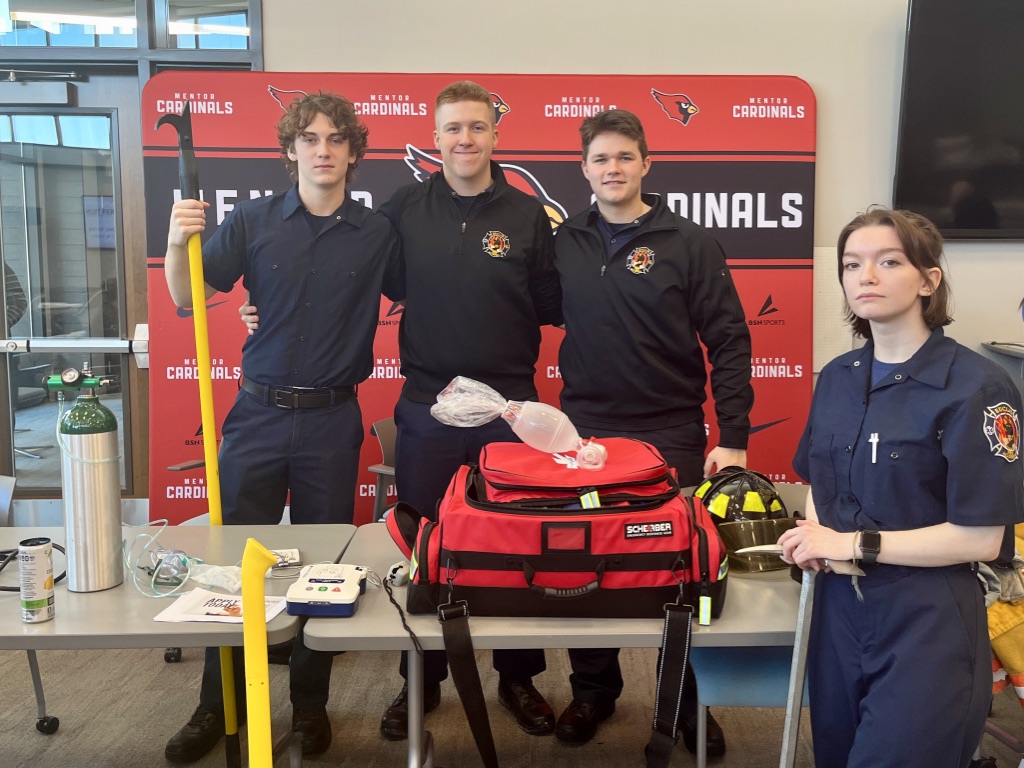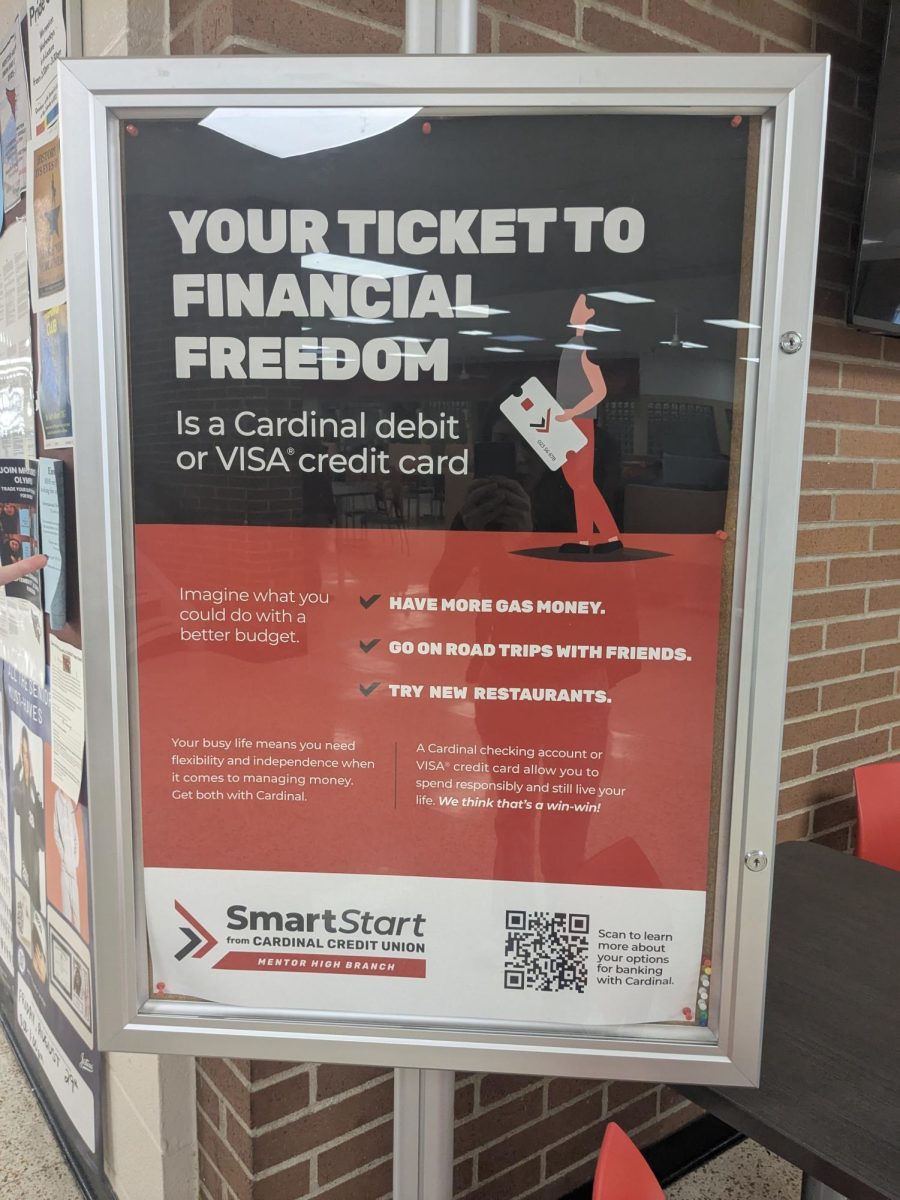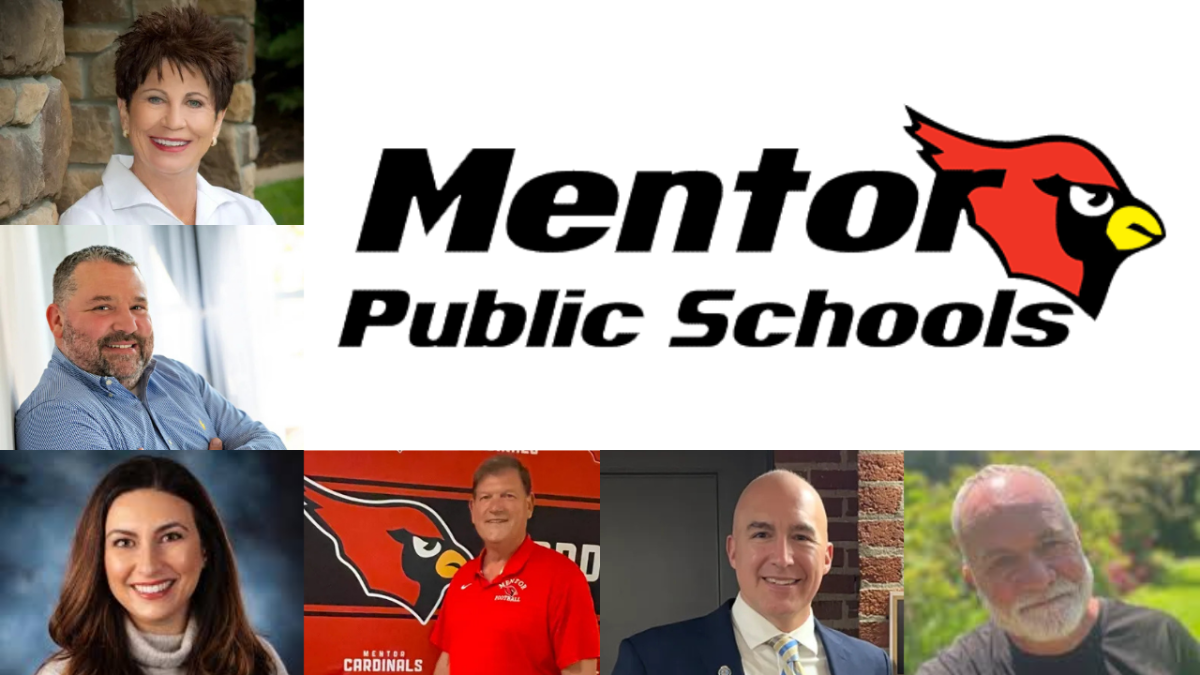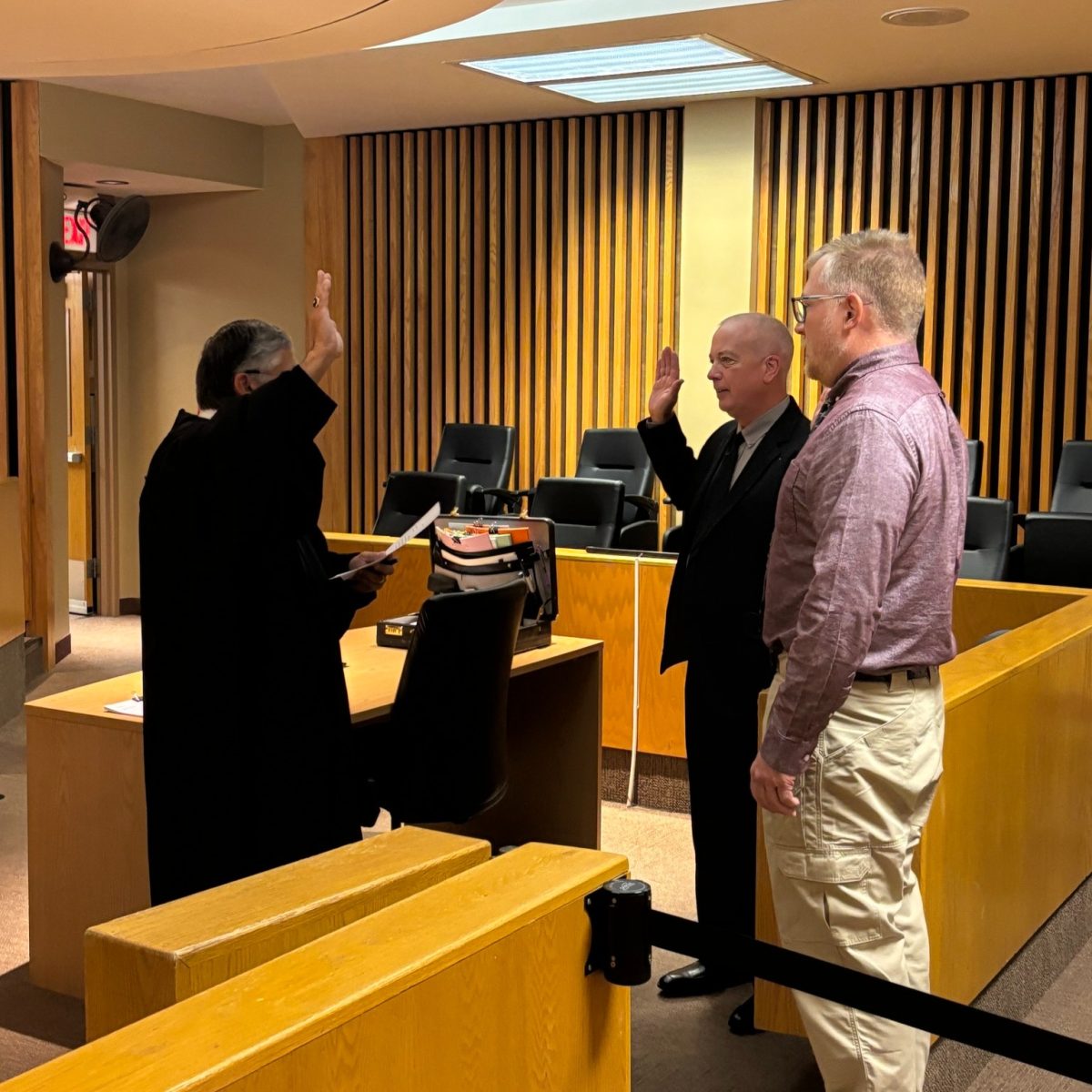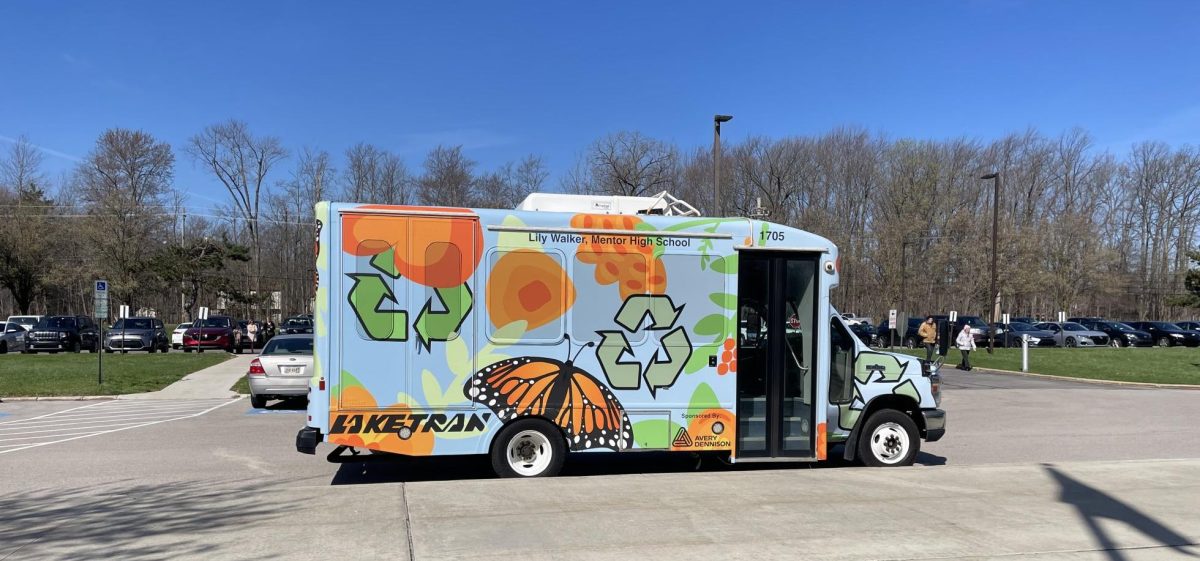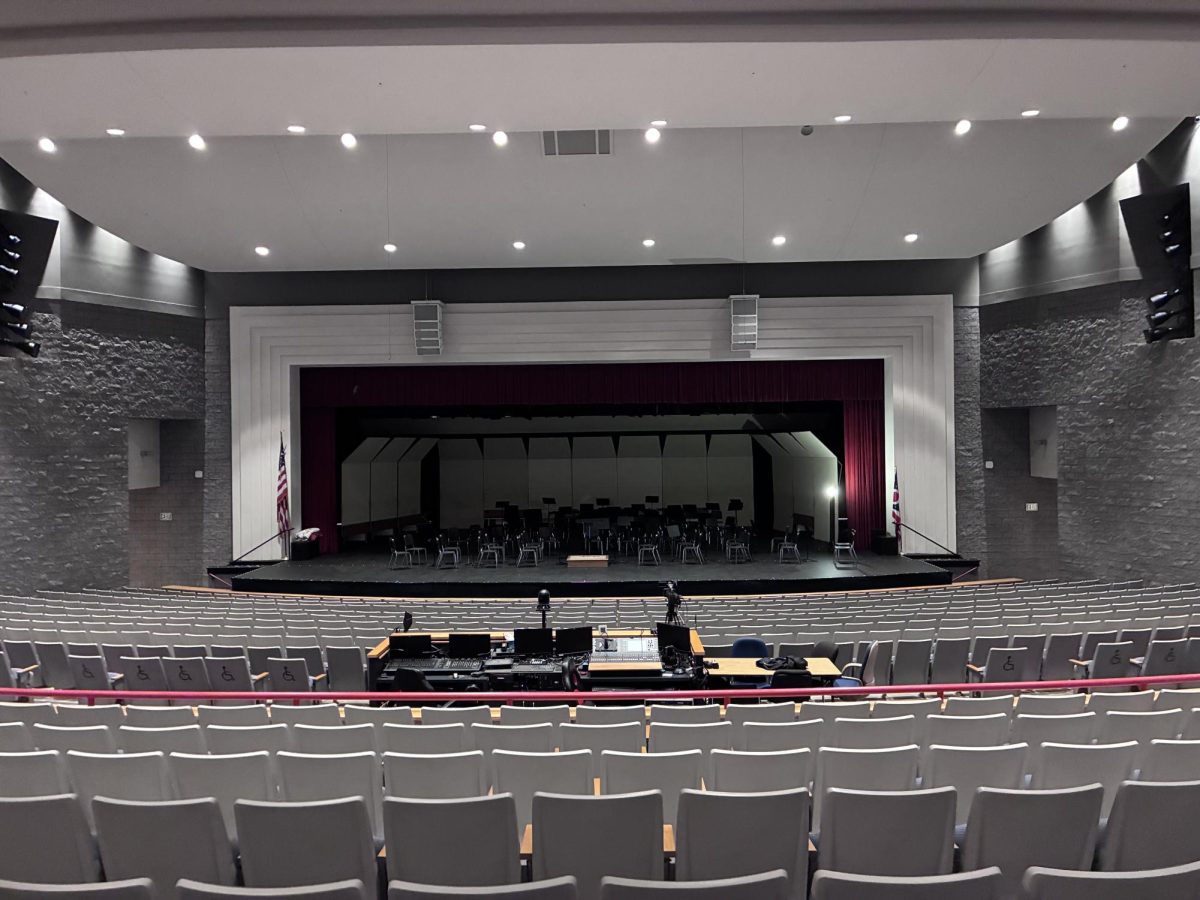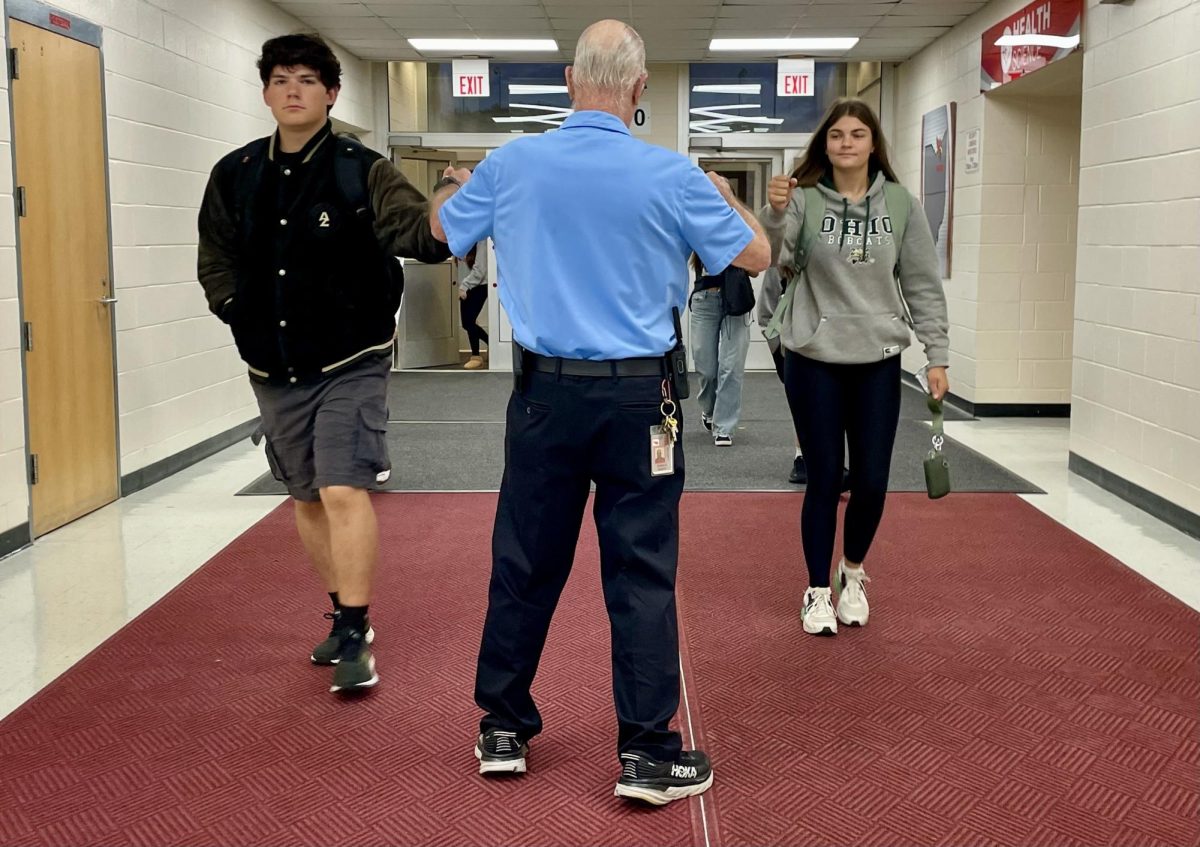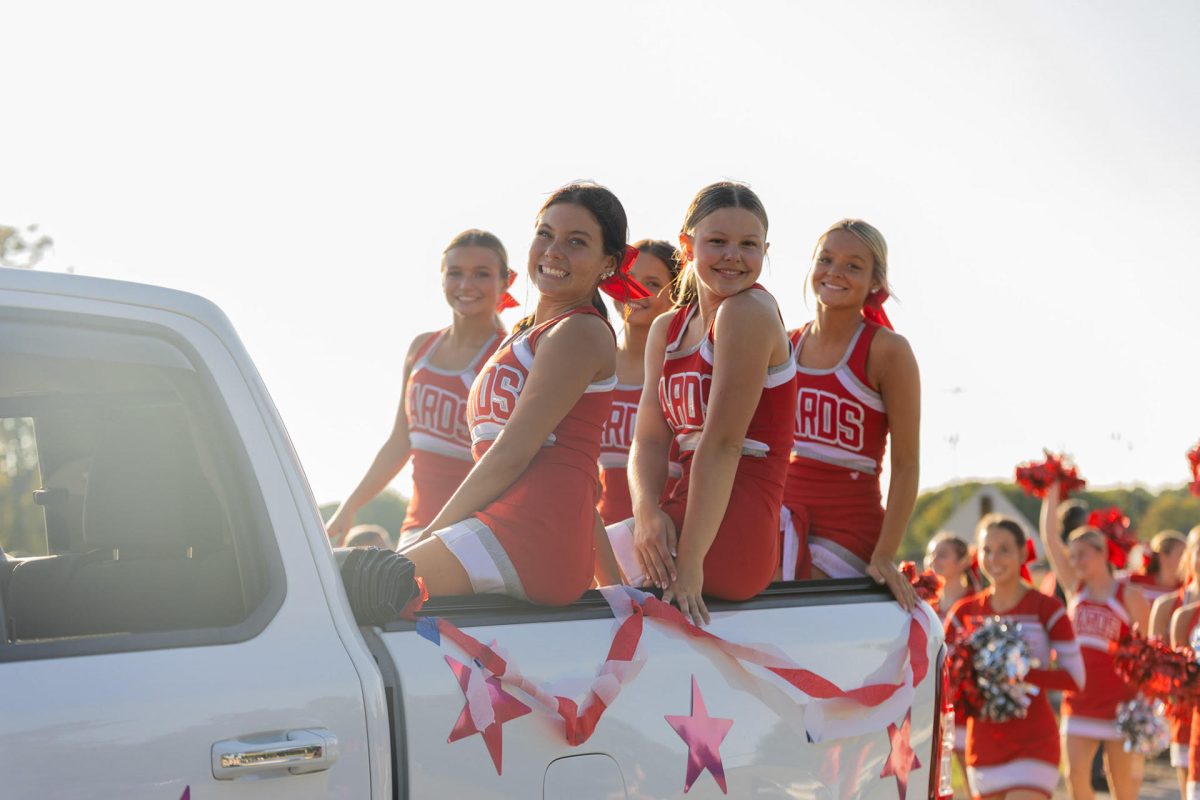The Fire Begins
What comes to mind when you hear the word “Fire”? Maybe panic, flames, or firemen. But what most don’t think about is how a firefighter got there.
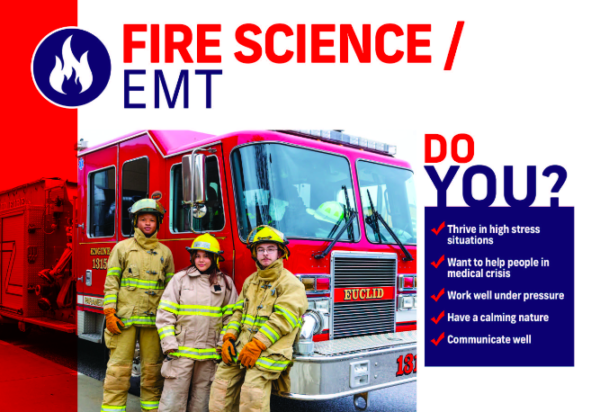
Firefighters began their service 288 years ago in 1736, in the state of Philadelphia. As volunteers yet to learn or gain a true education. The first-ever fire chief was Benjamin Franklin, who wanted people to help in Fire Emergencies. Proper gear such as hoses, apparatuses, and tools were not made until the 1900’s. Education began in 1980 for men to learn how to properly control fires, contain hazards, pull victims out, and survive themselves.
In the modern world, training to become a firefighter takes years, and there are different levels. After 1975, medical personnel were added, changing the training that men eighteen years of age or older received. The field, though becoming progressive, is still a male-dominated job in which females make up 9% of all fire departments in the United States. The first-ever female firefighter was Molly Williams in New York City in 1818. She was treated poorly, and she did not further the advancement of accepting women. In late 1930, Nancy Allen became the first-ever fire chief in Rhode Island, and ever since then, there have been more with current statistics having around 1,294 out of 22,316 fire chiefs being female. Moving forward, these men and women have impacted the lives of not only everyday citizens but also the field itself and the value of education.

Career Tech Education
Career Tech Education (CTE) programs are for sixteen or seventeen-year-old students attending high school. Fire Science/EMT is part of CTE and enrolls students in a two-year program. The students get their credentials in NIMS (National Incident Management Systems), OSHA (Occupational Safety and Health Safety), CPR (Cardiopulmonary Resuscitation), Triage Management, Firefighter 1 & 2, and EMT-Basic.
Students attend the Fire Science/EMT CTE starting in their junior year. Lakeshore Compact holds Mentor, Wickliffe, and Euclid students until senior year when two other compacts join to make a more significant class.
Junior Year
Fire/EMS students attend two different schools during their time. In their junior year, they attend Euclid High School every morning, having two trained firemen/paramedics as their teachers and guides – instructor Ryan Davis and Lieutenant Antoine Robinson. During this year, students gain the fundamentals of learning what they are getting into, beginning their credential journey, gaining physical agility, and getting into a firefighter mentality. This year also shows commitment, learning how to address superiors, gaining respect, and building friendships.
Many exciting events happen in junior year which include:
- Getting fitted/ wearing official uniforms
- EMT scenarios
- CPR training
- OSHA certification
- NIMS certification
- Search and rescue
- Turn-out gear, donning and doffing
- Hose line advancement
- And more
Senior Year
In senior year students attend Auburn Career Center. As seniors, students are officially a year away from becoming active professionals. They have many instructors, lessons, and labs, and have to test out skills. Every student has homework every night, hours of studying, pretests, and other coursework. They face lectures and labs that contain patient assent, proper lift techniques, CPR, and more. But later in the year, they will be going into live fires, automotive fires, ladders, flashovers, etc…
Things to look forward to in the senior year include:
- Fancy Uniforms
- EMT certification
- CPR certification
- Airway management
- Patient Assessment/testing out skill
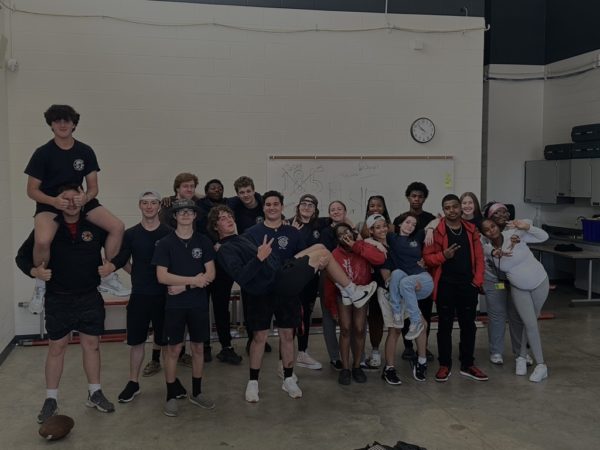
Adam Vamos (on shoulders), Scott Fiske, Reece Benedict, Tommy Moran, Eddie Jonke, Shane Krejci are being held up by Niko Sabatini, Brian Smith, Jack Cornwell, Cara Kocab, Zilah Woods, Kashira Albert, Mya Smith holding up Megan Meeker, Micah Wilson, Daunte King III, Kendra Prezla, Anylah Tyes, Aniyah Williams. - Ride-time with real Fire depts & ER
- Flashovers
- Automotive fires/extractions
- Firefighter 1 & 2 Credentials
- Skills USA
- etc…
In the senior year, students are held to an extreme standard, they must have an 80% grade average on all tests and overall grades, must have a valid driver’s license, a firefighter/EMT physical (costs about 600 dollars, there are workarounds), and test out with every skill. The instructors only want success, giving lectures, giving out help, one-on-one labs, and more.
Things that can cause failure include, not doing the assigned homework or studying, not paying attention, failing physical tests/ skill tests, and missing more than one day. It is up to the student to succeed but don’t just listen to me, an active student in the program.
I had a conversation with Instructor Ryan Davis about the fire program. What follows are his responses:
Cardinal Nation: Promptly starting with your background, how long have you been active in the fire department?
Instructor Davis: Since I was twelve as an explorer, I’m thirty-one now so for about nineteen years I’ve been active in the Fire Department.
Cardinal Nation: This a question you get asked more than enough, but why did you become a firefighter/paramedic?
Instructor Davis: Ever since I was kid, my father was a paramedic which I always looked up to, and when I was eight or nine we were at a job fair where a woman came up crying and hugged my dad. When I asked why she did that, he told me it was because he saved her son’s life. From that point on I knew this was not a typical job and as I grew older I put everything I had into it and helping people is what I love to do not only for myself but for others.
Cardinal Nation: How did you make it past the academy and schooling to your respected field?
Instructor Davis: It was never work to me, it was never really hard because I loved doing it. I knew if I was climbing ladders today then I would have fun climbing ladders. It was not like a check box or even a job to me because I just loved doing it.
Cardinal Nation: What piece of advice would you give the younger generations going into this field that would scare them?
Instructor Davis: Be aggressive. When you are scared about pushing into a live fire or a bad medical call, there is no time for second-guessing. You have to practice. If you are scared to be aggressive, rely on your training and your skills otherwise this is not the field for you.
Cardinal Nation: What is the biggest strength and failure you see in the students in the fire science/EMT program?
Instructor Davis: I see the biggest strength is the teamwork, with them pushing through the program, relying on each other in ways you typically would not rely on each other. I can tell people they are becoming firefighters but most students don’t even know what that means until they are in it. When you can’t see a hand in front of your face, and you have to rely on your peers like never before, it is vastly different than a typical high school setting. But the weakness that I see is not having the right mindset or understanding of the program. They think they are in an introduction course but they find out they are going to be in a building fire, or they realize a human life will be in their hands and they start to panic and fail.
Cardinal Nation: What is a challenge no one considers when referring to fire science/EMT?
Instructor Davis: Learning this is not just a class but rather a full-time commitment. This is their life now and when they learn of their responsibilities it becomes overwhelming.
Cardinal Nation: Can anyone be a firefighter?
Instructor Davis: No. No, you have to have to want it and you can’t just come and show up. You have to come and give it your all or learn this was never for you.
Cardinal Nation Note: After my discussion with Instructor Davis, it is apparent his dedication and passion for the field, his almost twenty years of experience, and the positive impact he has had on the Fire Science/EMT program. He has created job opportunities and shaped young adults into their forever careers. He has received praise from all the students I have talked to and I can agree with the positive force he is. Thank you, Instructor Davis.
Former fire academy student Madeline Womack (2022-2o23) gave us some thoughts on her time in the academy.
“The last two weeks of senior year academy, Monday through Friday, I laughed and made priceless memories with classmates,” Madeline added. “I learned so many things about myself through the progression of the year. I had the honor of ending that season of my life as the titled Salutatorian, which spoke to the amount of work I put into myself and the others in the class.”
Now that Madeline has graduated, she is continuing her education at Auburn Career Center in the Paramedic program.

“I committed to the program because it was centered on helping others,” Madeline says. “I wanted to find something that supported my energetic and compassionate qualities. Many classmates joined because of personal experience with EMS, but I wasn’t sure what my specific career path would be though I watched my father make his way through his. I am happy to say I picked the right one” ” Father made his way through his. I am happy to say I picked the right one”.
Madeline is currently employed at Willoughby Fire Department.
“Going through high school I was shy, reserved, and afraid of failure,” Madeline says. “I seriously took perfectionism to another level. Instructor Robinson didn’t care about a report card but rather my well-being. From that point on, I wasn’t afraid to make mistakes and decisions or set boundaries with others. To compliment Instructor Robinson’s wisdom and guidance, instructor Ryan Davis showed me how to take hold of opportunities around me. He showed me how to create events I desire to have, and how it takes courage and being aggressive…which is far from what junior me would have been. Observing his relentless pursuit always to be taking action lit a fire in my soul, a fire that bonded with my inner strength and the power of my divine feminine. For that, I will forever be thankful.”
She is still in constant communication with her past instructors and her class along with the current senior class!
This is what some current students (2023-2024) say about the program:
“The Fire Science/EMT program is a route not easily traveled, this is a job to some, but for me, it is a calling”
“I want to make people’s days a little bit better. I like to help people when I can as it creates great value in not only my life. Everything we do in the class is just incredible, and I am enjoying the year thus far”
“I joined cause I’ve always enjoyed helping others, I love the medical aspect of it and have always had an interest in it”
“I thought it would be a great opportunity. I always wanted a job that requires me to help people and this was the perfect one”
Former fire academy student Daisy Fuentes (2022-2023) also found the course meaningful.
“I joined because I wanted to help people,” Daisy says, “with finding firefighting an interest as well. This class has made such an impact on my life and I am forever grateful. I am grateful for the people, the instructors, and the class. I am also forever grateful that I was taken down this path, I received the help, education, and personal growth that would have never occurred without this program. I still use what I was taught every day as I continue my education in this field.”
Daisy is currently getting certified in EMT and planning on attending the fire program which due to injury she was unable to complete as of last year. Daisy still talks to her advisors and a few kids from her class and the current senior class.
This is a career, not merely just a CTE program. You gain a family, certifications, work experience, high school and college credits, better physical health, and a bright future if you work hard enough. It is one of the most difficult CTE degrees and occupations available, thus there are obstacles. As you’ve read, this is an institution that not many kids get the opportunity to attend; it’s more than just a lesson. Therefore, if your child is enrolled in the program or if you are a younger student who aspires to be something great this is the right place to be. Now you know what to anticipate when the word “accepted” appears on your screen after applying or what you are in for when you first walk into the class and across the stage at graduation.
Could you be a firefighter?


